Issue Insights
Explore practical information and analyses of types of disasters, related issues, affected communities, recovery strategies and how donors can help.

Hunger
Due to growing inequality, climate disasters and the spread of violent conflict, hunger is rising throughout the world. According to UNOCHA, “Hunger and malnutrition are spreading faster than our ability to respond, yet globally, a third of all food produced is lost or wasted.”
View by
Close
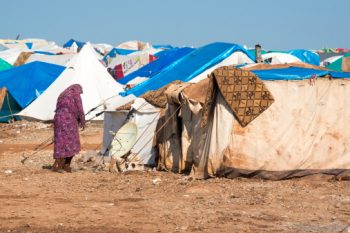
Emergency and Interim Shelter
After a disaster, shelter is more than a place to rest, it is a place of security, access to food, water and medical treatment. A place to start recovering after a disaster.
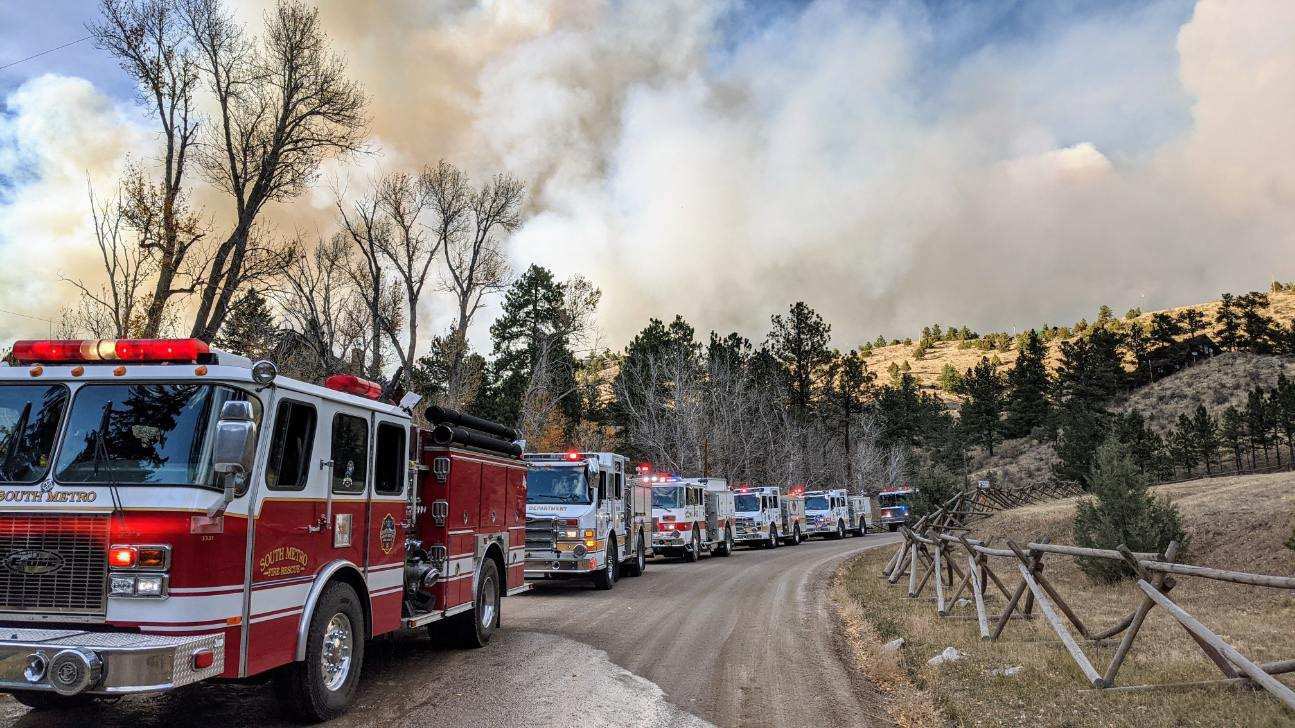
Emergency Response Services
Emergency response services are the public, private and volunteer organizations that respond to incidents that threaten the safety and wellbeing of people in their area.
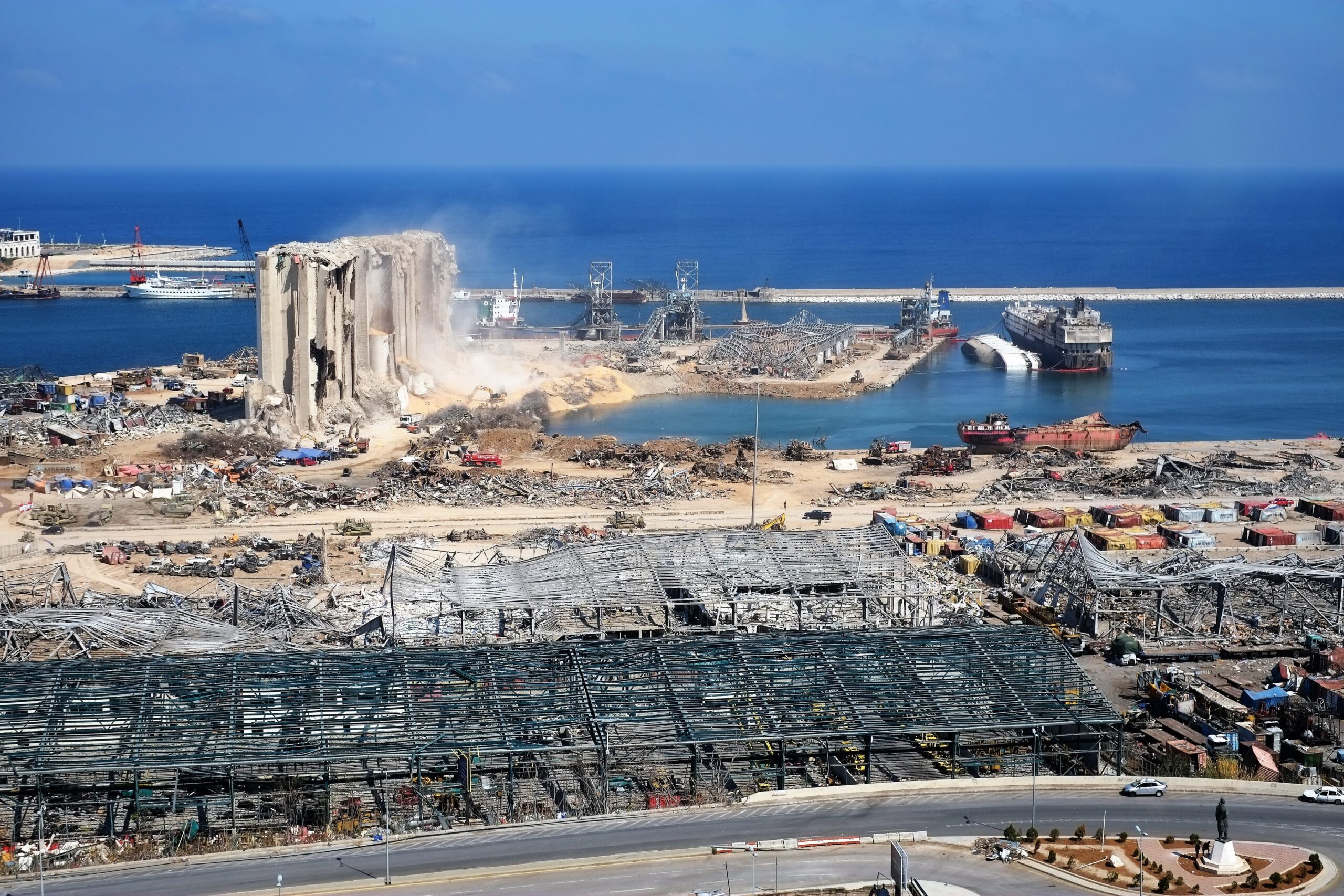
Explosions
An explosion is a sudden, fast increase in pressure between two different areas that results in the rapid unplanned disassembly of buildings, vehicles and other things in the immediate vicinity.

Extreme Heat
While the average temperature continues to increase at a moderate pace, climate change has caused more frequent extreme weather events, particularly extreme heat.

FEMA
The Federal Emergency Management Agency (FEMA) is the government agency charged with coordinating the response to disasters that occur in the United States and that overwhelm the resources of local and state authorities.
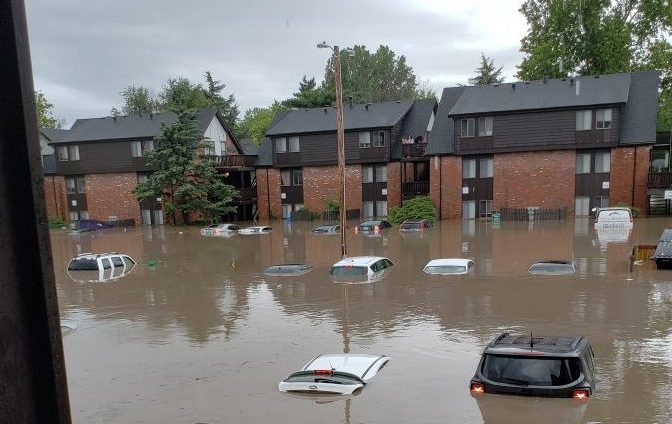
Floods
Flooding is our nation’s most common natural disaster. Regardless of whether a lake, river or ocean is actually in view, everyone is at some risk of flooding. Flash floods, tropical storms, increased urbanization and the failing of infrastructure such as dams and levees all play a part — and cause millions (sometimes billions) of dollars in damage across the U.S. each year.
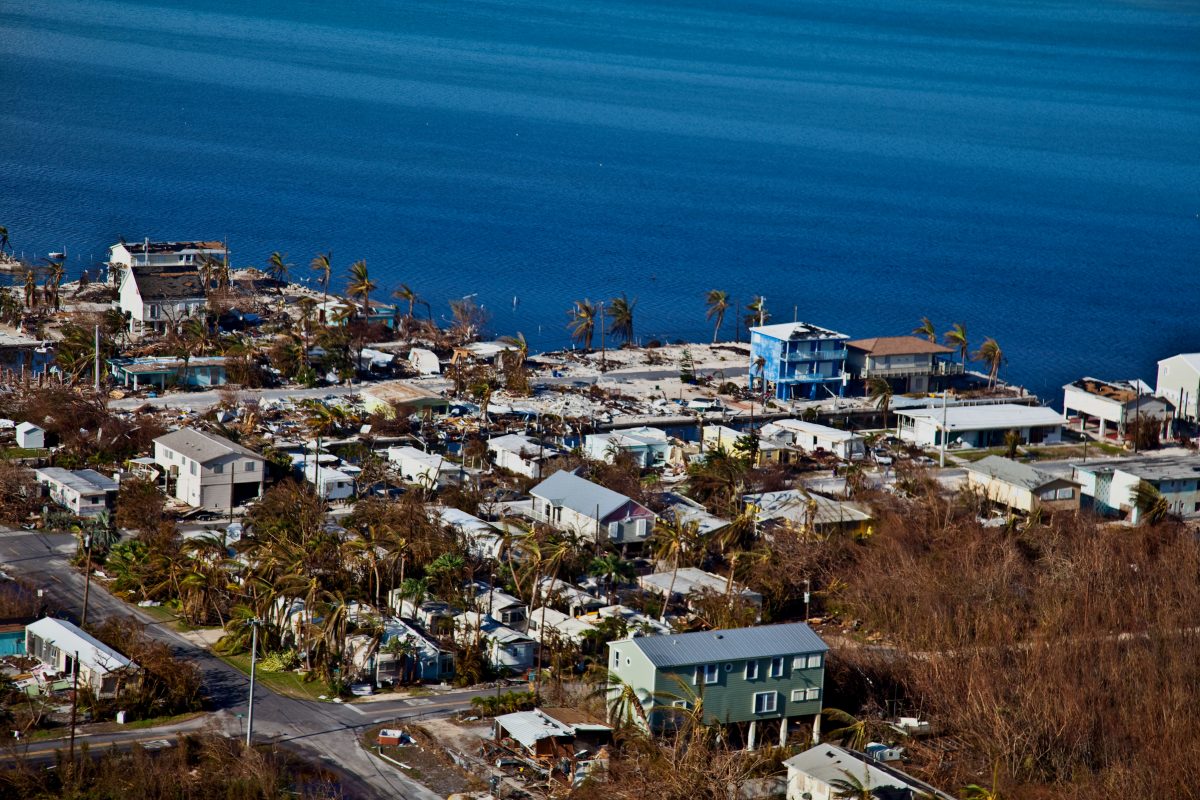
Hurricanes, Typhoons and Cyclones
Hurricanes, also called typhoons or cyclones, bring a triple threat: high winds, floods and possible tornadoes. But there’s another “triple” in play: they’re getting stronger, affecting larger stretches of coastline and more Americans are moving into hurricane-prone areas.
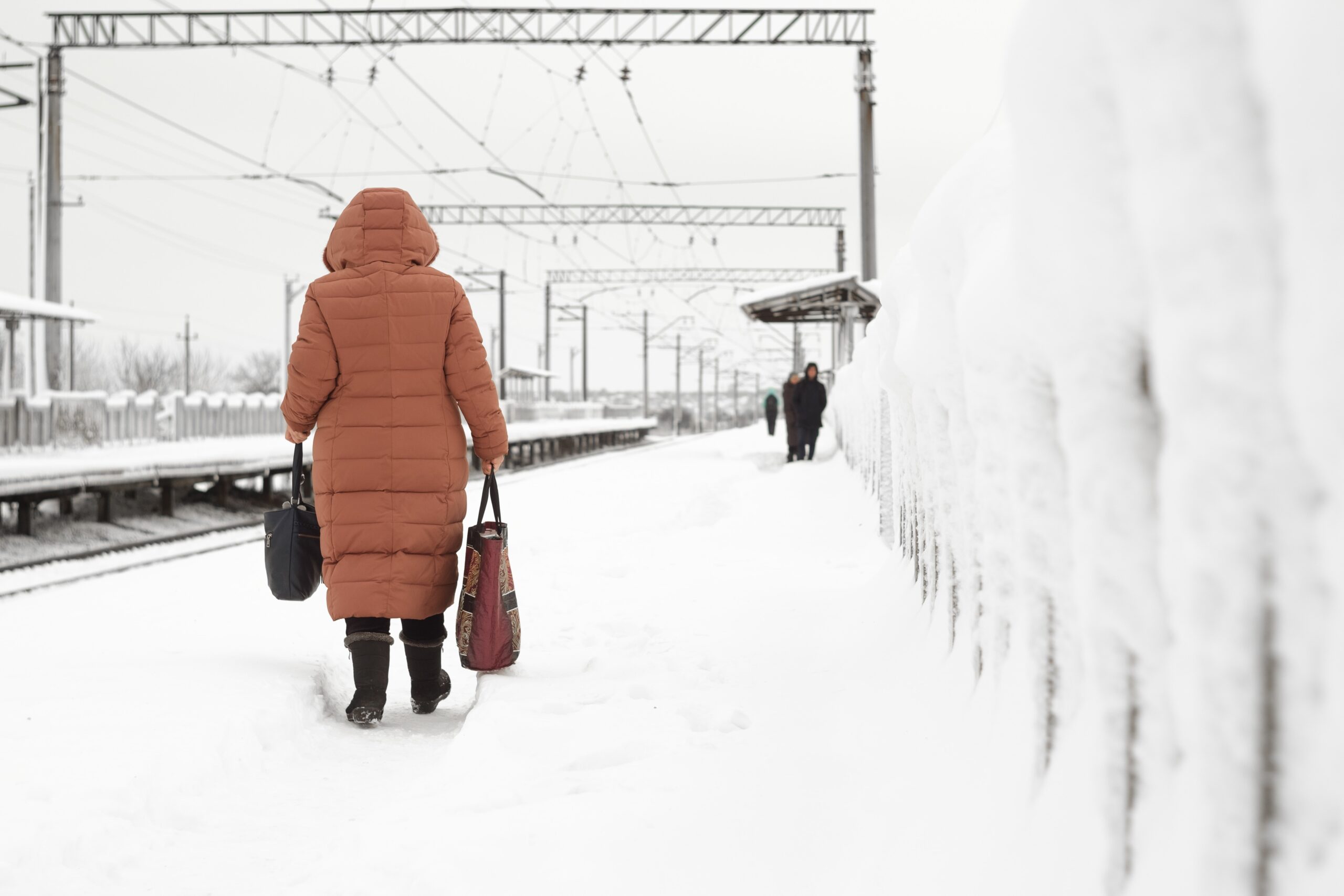
Ice, Snow and Extreme Cold
While it does not affect as many people as its opposite, extreme heat does, extreme cold can be just as deadly, especially in areas that are not accustomed to cold weather.
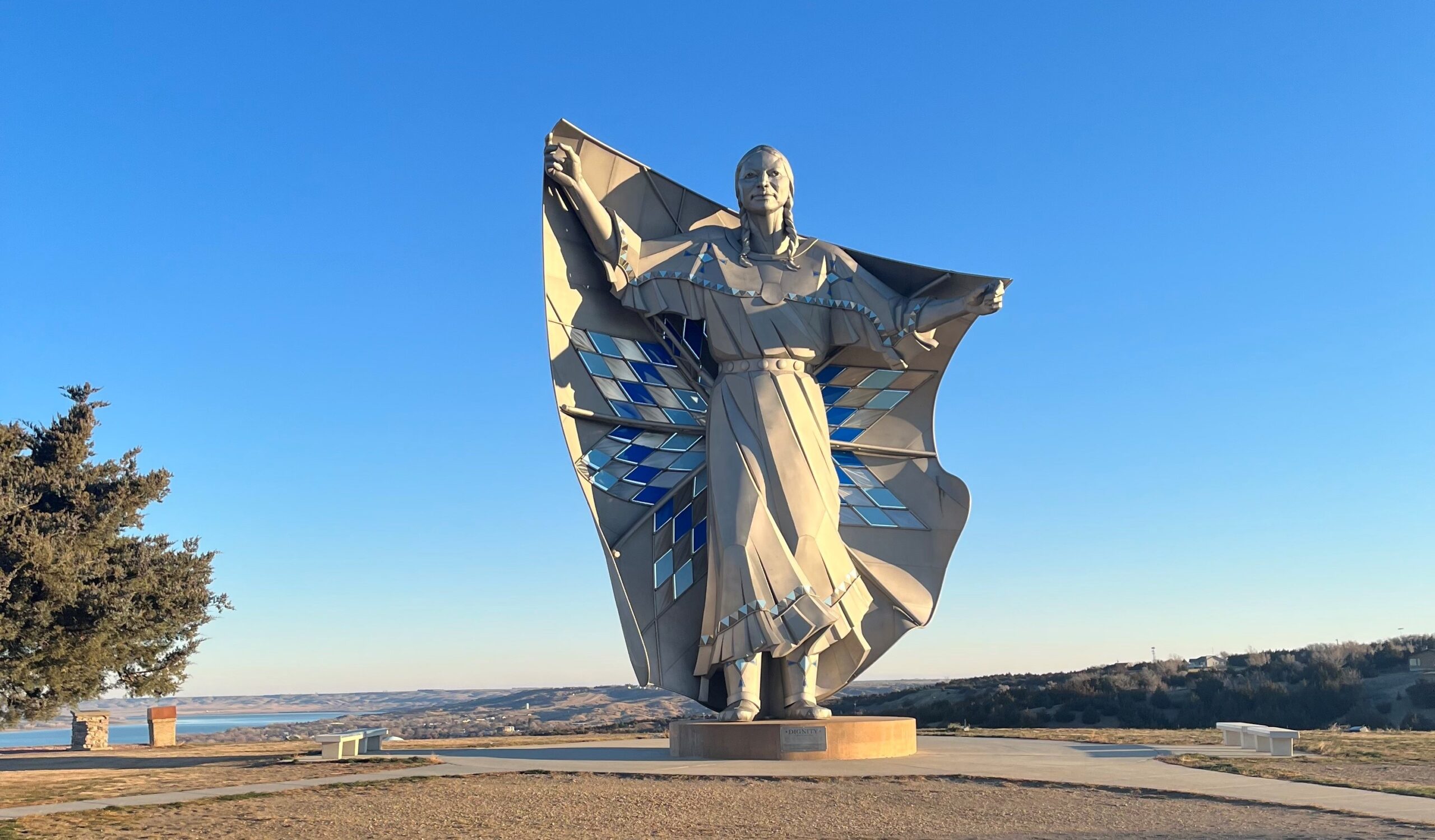
Indigenous Peoples
There is no universally accepted definition for the term “Indigenous.” According to the UN, the best approach is to identify rather than define Indigenous peoples. Indigenous peoples are everywhere. There are more than 476 million Indigenous peoples across 90 countries representing 5,000 different cultures. Indigenous peoples are often disproportionately impacted by disasters.
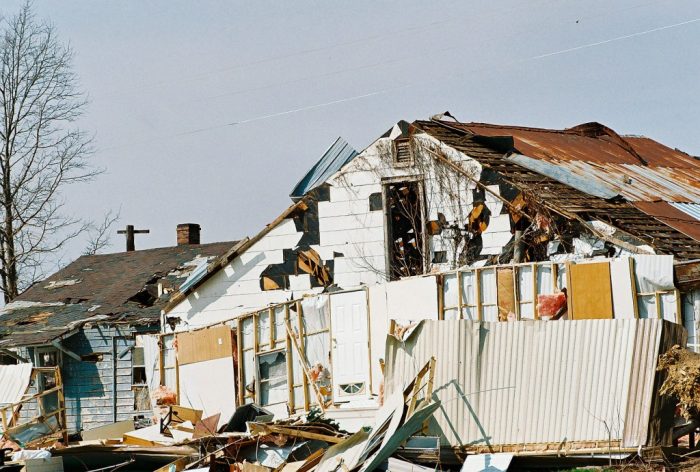
Insurance
Each natural disaster reminds us of the value of insurance to protect our homes and businesses. But with the news filled with stories about homeowners still waiting to settle claims, or insurance covering less damage than expected, what is the role of private insurance in disaster recovery?